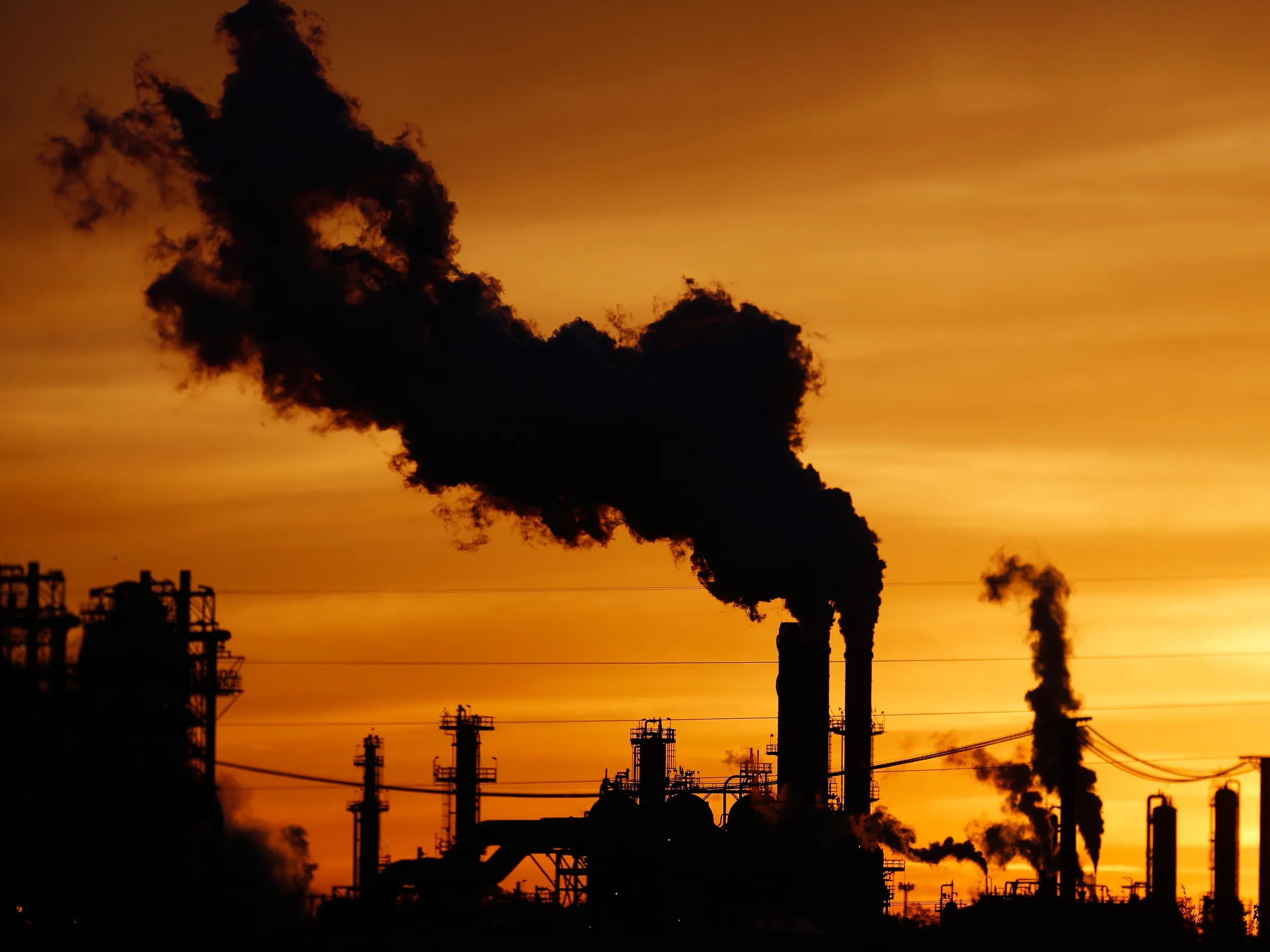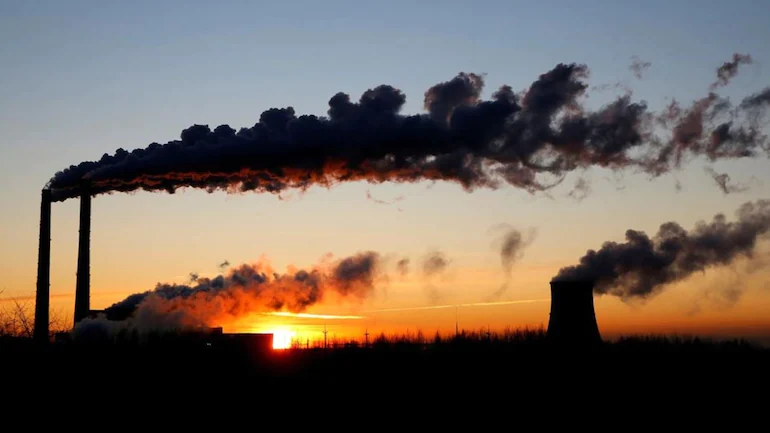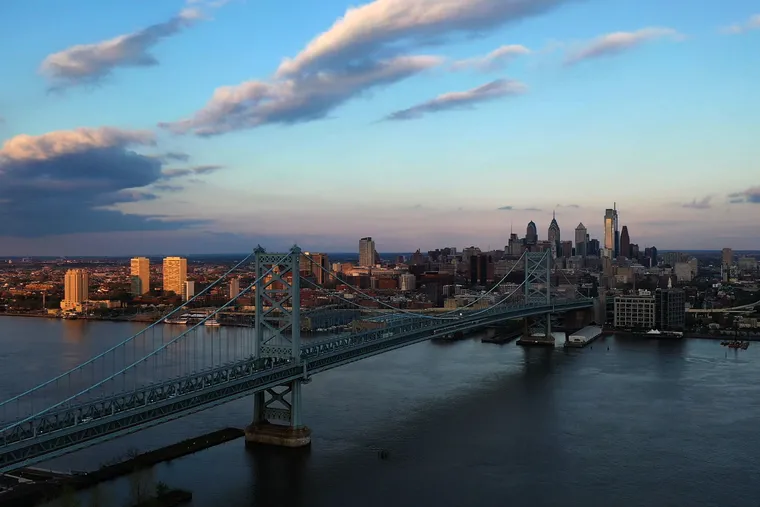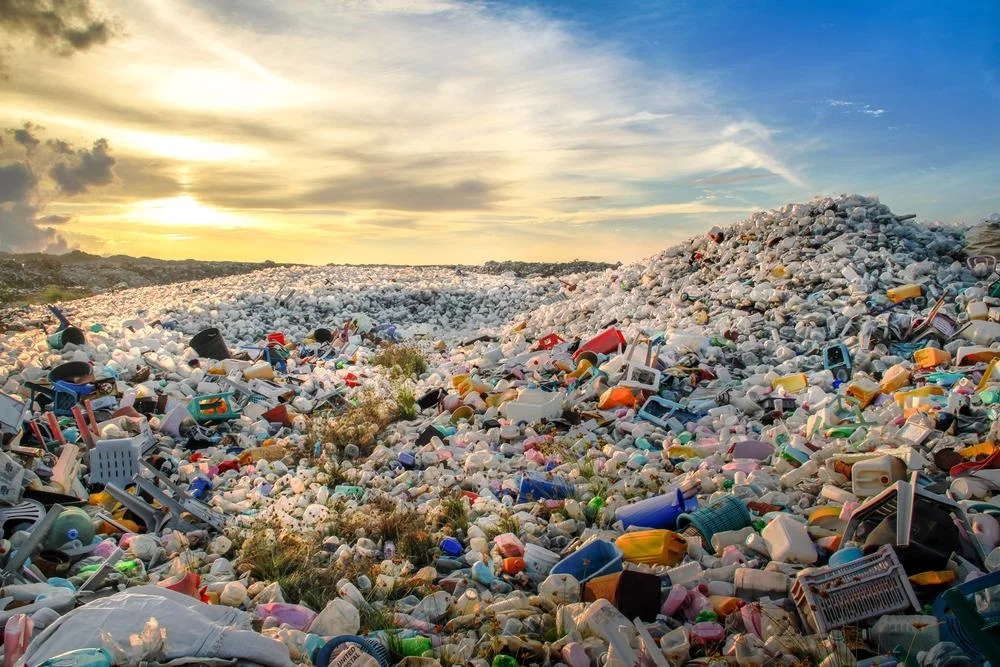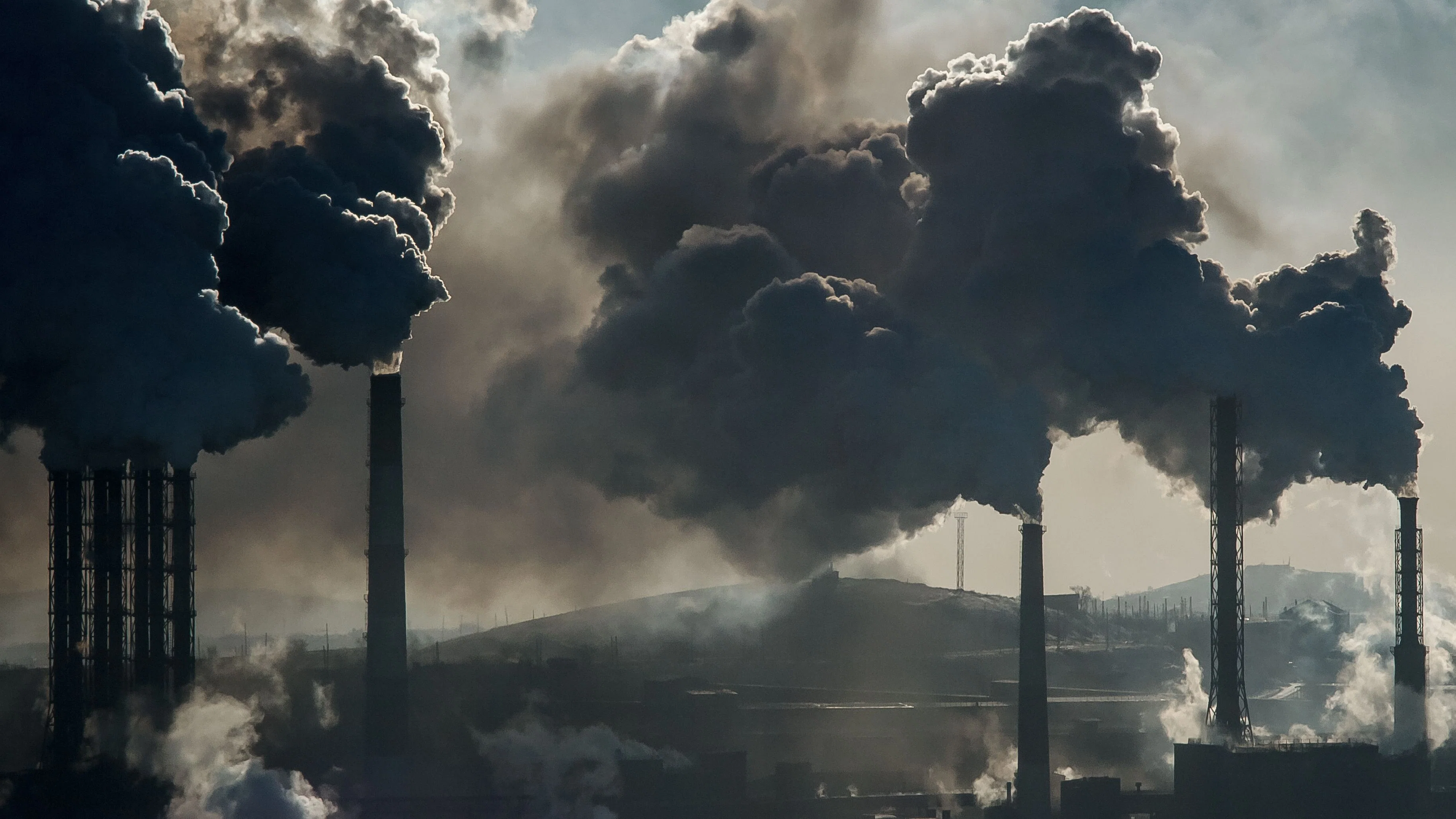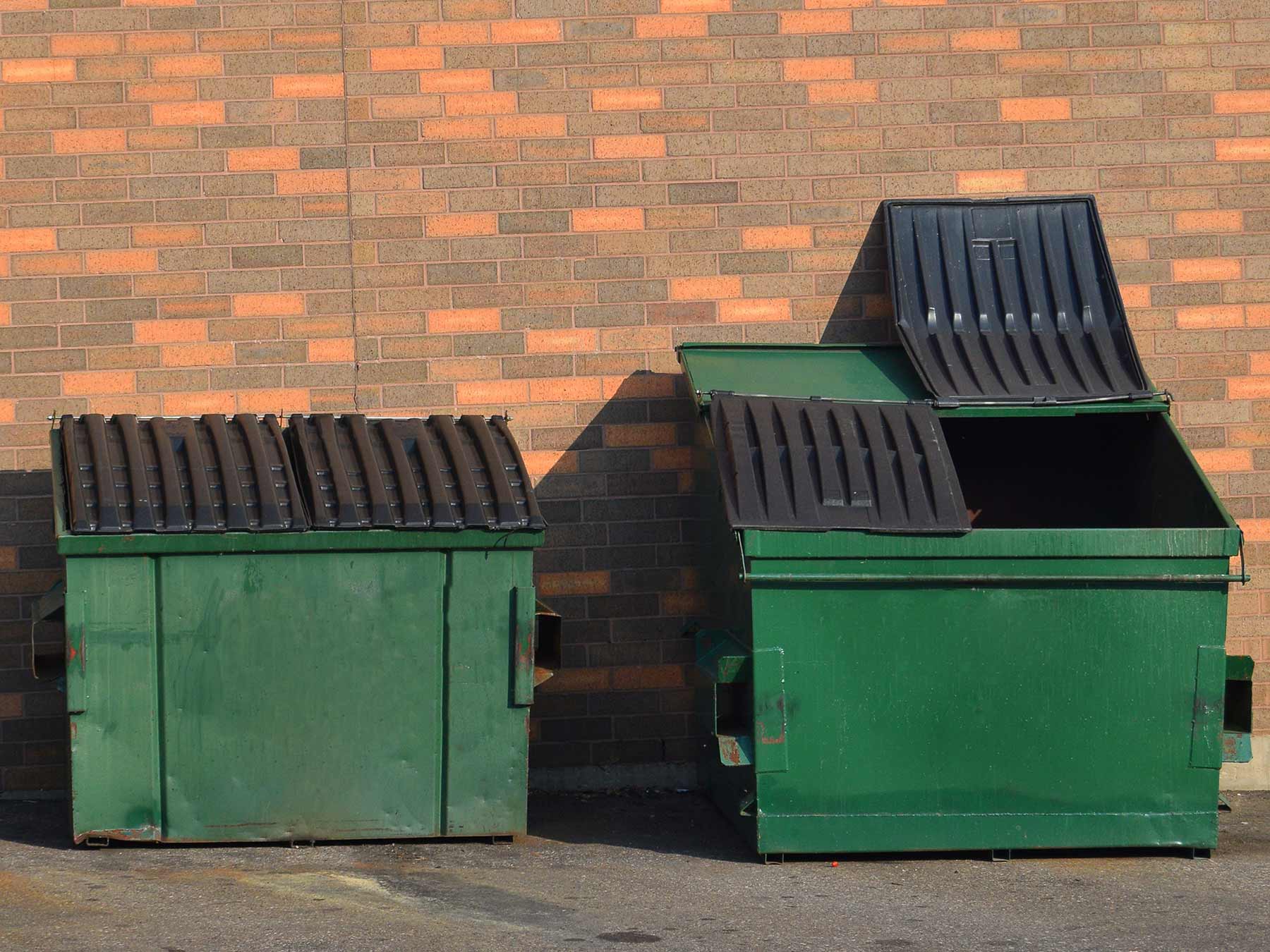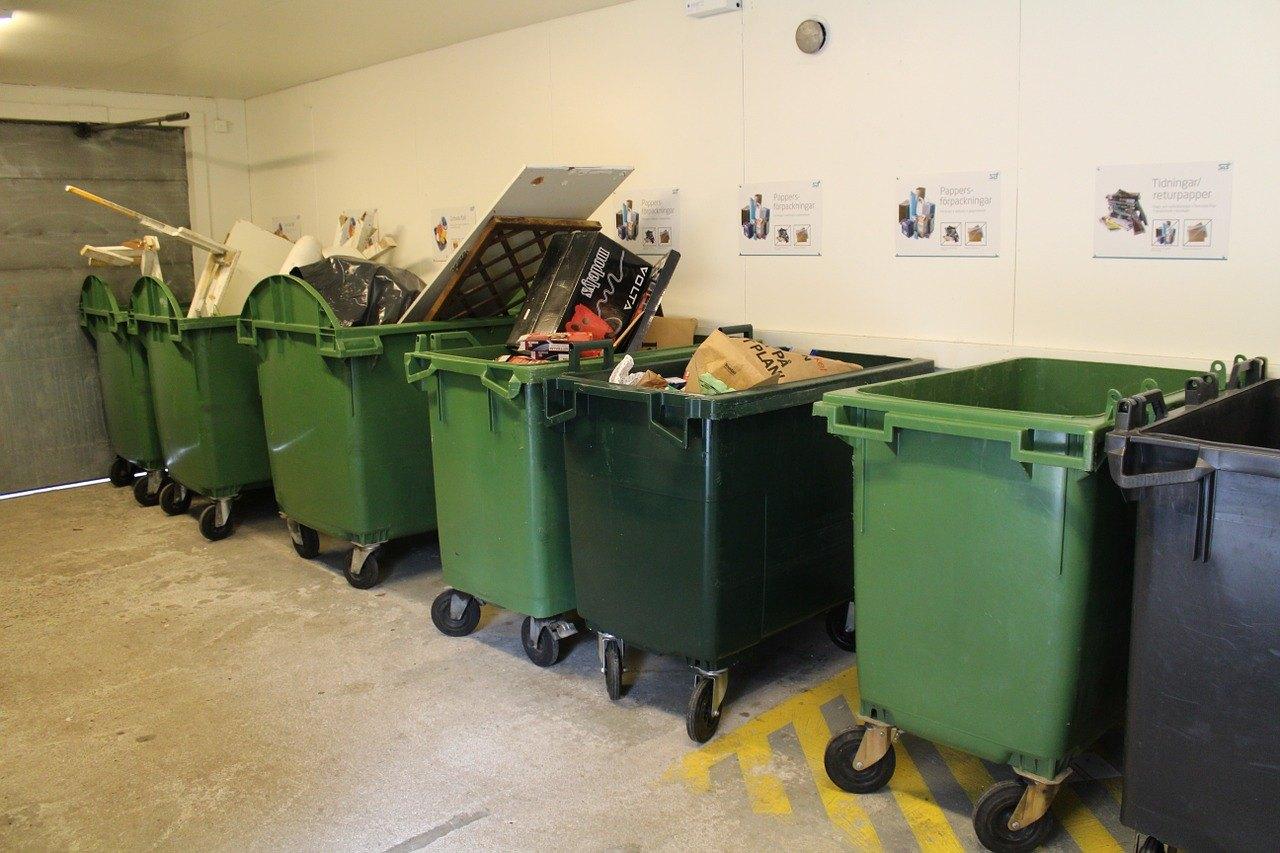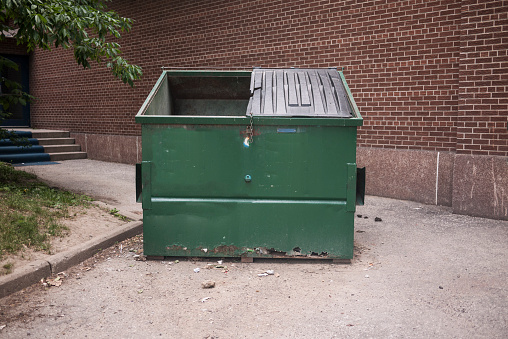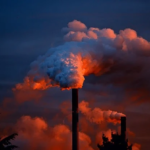This year’s report card on air quality by American Lung Association indicated that more U.S. cities and much more people were affected by bad air than in the previous year. Philadelphia and Pittsburgh were found to be among the worst polluted cities nationwide, according to the report.
In its 2020 Health of a Air report, the American Lung Association claims that global warming is making it more difficult to ensure good health from air pollution.
A single pollution incident cannot be predicted by looking at climate change, according to Kevin Stewart, head of environmental health, advocacy, and public policy at the Lung Association.
More often than not, it’s been claimed, climate change is likened to a game of chance where the chances of anything bad happening increase.
There has been an increase in the frequency of days with high levels of ozone pollution and widespread wildfires, according to the research.
Data from the Environmental Agency (EPA) from 2016 to 2018 was analysed in the report, as were spikes and the year averages of particle pollution (also known as soot).
This article covers three years that are among the 5 hottest ever.
According to James Fabisiak, an professor of occupational and environmental health at University of Pittsburgh, this report stuck out to him because ozone levels had been decreasing in previous studies.
There is no one source of ozone, and greater temperatures exacerbate it.
It’s thus a good bet that climate change is to blame for that particular shift in the weather patterns, he said.
Allen Robinson, a professor in engineering & public policy from Carnegie Mellon University, has warned that climate change may reduce the effectiveness of air pollution controls.
We are cutting emissions from autos or anthropogenic sources, but if those reductions were offset by all of these wildfire emissions, then air quality may well not improve,” he warned. Many of these kinds of trade-offs seem to be taking place in climate policy, which is disheartening.

Although air quality in the state’s two largest cities, Pittsburgh and Philadelphia, has improved, the assessment says that the quality of the air in both cities remains poor.
Philadelphia and its surrounding areas, including Reading , Camden, N.J., were the 23rd most polluted with in country this year, despite having fewer days containing high levels in ozone than in the previous study. Additionally, its year-round fine particle pollution levels rose from 18th to 12th worst in 2020 report, compared to last year’s rankings.
One of only 14 districts in the country, Allegheny County, is home to Pittsburgh.
Short-term particle pollution was particularly bad in Pittsburgh and the surrounding area, which straddles Pennsylvania, Ohio, and West Virginia. Although the region’s average year-round fine particle pollution concentration was at its greatest ever level and fewer days of dangerous spikes were seen, this remains the case.
Not all changes over time are reflected in the rankings. In Pittsburgh, Robinson has spent the past two decades analysing the city’s air pollution levels.
Even at low levels, we’ve found there are health implications,” he said. “There’s been significant progress.” It’s still unhealthy in that setting, although the air is far cleaner than it was ten or twenty years ago, much alone four decades ago.
According to the Lung Association, even healthy people are at risk from ozone pollution, but those with lung illnesses like asthma or COPD are particularly vulnerable.
It is possible for particulate pollution to penetrate the lungs and enter the circulation. Asthma attacks, heart attacks, strokes, and lung cancer can all be brought on by secondhand smoke, according to Stewart of the Lung Association.
In the 2020 report, air quality in central Pennsylvania counties improved across the board.
Two years in a row Harrisburg- York-Lebanon metro area has achieved its best ever results in all three metrics. Particulate pollution in the area has decreased from the 24th worst last year to the 41st worst this year according to the latest study.
An A grade for York County in the metro area’s first-ever fine particle pollution assessment means that the county is now ranked as one of the nation’s cleanest for that pollutant.
A decrease in the year particle pollution levels in Lancaster County’s metro area was enough to remove it off the top-25 most polluted metro areas.
Southwestern Pennsylvania’s three counties of Lackawant any, Luzerne, and Northampton saw their greatest performance in any of the three criteria to date.

